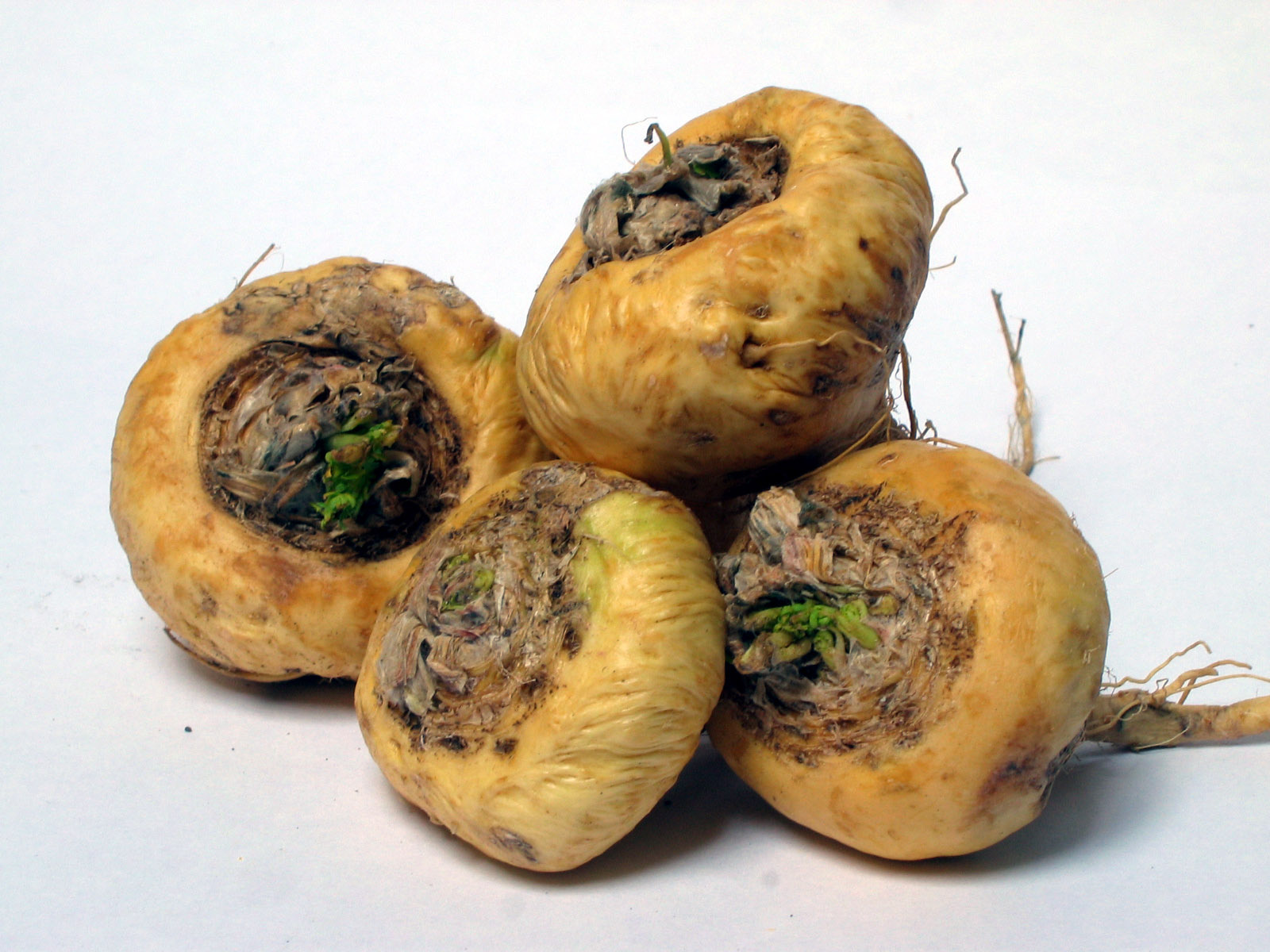Maca - Peruvian Ginseng

Common Names: maca, Peruvian maca, maca-maca, maino, ayak chichira, ayak illku, Peruvian cress, Peruvian ginseng, Brazilian ginseng, Lepidium meyenii, Lepidium peruvianum
Latin Name: Lepidium meyenii
Origin: South America
Short Introduction
The best geographic conditions for growing maca are around 12° southern latitude and altitudes between 3,800 and 4,400 meters above sea level. Temperatures typically range from -2 to 13°C but may drop to -10°C. Strong winds and pronounced sunlight are typical in maca’s native environment. Maca grows year-round, but due to its demanding conditions, it still grows almost exclusively in its homeland.
Planting occurs about a month before the intense fall rains. The hypocotyl and other plant parts develop during April and May, and after about 260 days, harvesting can begin. If left underground, it takes another 2 months (during colder and drier periods) to form a distinctive root that matures thousands of seeds.
Maca seeds are sown into holes 50–100 centimeters deep in various soils to prevent drying out.
Detailed Description
Maca is now celebrated for its high nutritional value and its support of fertility.
Botanical Information
The species was first fully described and given its Latin name by Gerhard Walpers in 1843, and during the 1990s, different varieties were further distinguished and studied. Maca’s growing conditions, size, and shape closely resemble turnip and radish, to which it is evolutionarily related. Its green, aromatic tips are short and spread along the ground, while thin leaves form a rosette shape and grow about 12 cm above the soil. The greenish flowers (hermaphroditic) produce many tiny seeds, each about 2 millimeters.
Maca is unique in that its root is fused with the above-ground part of the plant, giving it a shape reminiscent of a pear. The root itself is highly variable—ranging from small to large, twisted or straight forms.
Origin and Distribution
Maca is mainly cultivated in Peru and Bolivia, with smaller-scale cultivation in Brazil as well. Native to the Peruvian Andes near Lake Junin, this herb is grown for its fleshy hypocotyl (an underdeveloped stem), which is enjoyed as a vegetable, used as a medicinal plant, and traditionally valued as an aphrodisiac. Belonging to the cabbage family (Brassicaceae), maca has long been a staple food for local peoples, consumed raw. Inca warriors most likely ate Lepidium meyenii before battles to enhance endurance and strength. During Spanish colonization, it became known as the “sex plant of the Incas.”
Usage / Dosage
Maca is primarily cultivated for its nutritional and supplemental benefits found in the root. The plant’s healthful influence comes from an abundance of minerals (iron, calcium, magnesium, potassium, iodine) and vitamins (B and C).
Key compounds include plant sterols, fatty acids, vital amino acids, and the aphrodisiac substances p-methoxybenzyl isothiocyanate and isothiocyanate. Today, women—especially from native regions—regularly consume maca to enhance fertility and vitality. Traditionally, maca has been used to boost libido and improve sperm quality and count. As such, it is recommended for infertility for both men and women.
Maca is also popular in sports for its content of five significant sterols that enhance physical performance. It is particularly prized by bodybuilders and combat sport athletes as it helps develop and build muscle mass, increases physical fitness, and supports immunity. Among athletes and those recovering from injuries, maca has demonstrated beneficial effects on muscle regeneration, providing energy without adverse effects. It supports recovery and helps prevent wear and tear of tendons, joints, and bones. With its potential to enhance physical condition and mental acuity, even NASA has adopted maca as a dietary supplement for astronauts.
Maca is also noteworthy as a remedy for stomach upset caused by excess stomach acid and can alleviate discomfort after excessive alcohol consumption. It is used to aid low appetite and as an adjunct treatment in cancer therapy, where it mitigates the side effects of chemotherapy and helps restore appetite.
Maca is suitable for all ages, contains no controversial substances or toxic doses for children, seniors, or individuals with kidney or liver ailments, and is generally well-tolerated. With its balanced composition, it’s an excellent dietary supplement.
Active Compounds
Dried maca is highly nutritious, on par with grains, rice, or other cereal crops. The dry matter consists of 60–75% polysaccharides, around 10% protein, 8% fiber, and 2% fats. It’s especially rich in calcium and potassium, and also contains small amounts of iron, iodine, copper, manganese, and zinc. Its oils provide palmitic, linoleic, and oleic acids, and maca supplies 19 amino acids.
Traditional Dosage
Dried maca can be stored for years. There are many recipes and methods for its use, but traditional consumption is by cooking. Fresh hypocotyl can be roasted in the oven—a delicacy—or the root can be ground into a mash and boiled, resulting in a sweet and thick beverage. Blended with milk, dried maca forms a porridge. Cooked root is an excellent addition to soups, jams, and as an ingredient in breads, cakes, and pancakes. Some beer varieties even include maca extract.
The recommended daily dose of dried root is about 1 teaspoon, approximately 6g, which can be mixed with milk. Effects can be observed within a few days of daily use.
Maca is also available as an extract, containing four times the concentration of active ingredients compared to raw root, so only a quarter of the amount is required. It is easy to prepare and usually acts faster. The suggested dosage is 0.5g of extract dissolved in water (or juice) taken in the morning and afternoon, with a daily recommended dose of about 1.0g.
